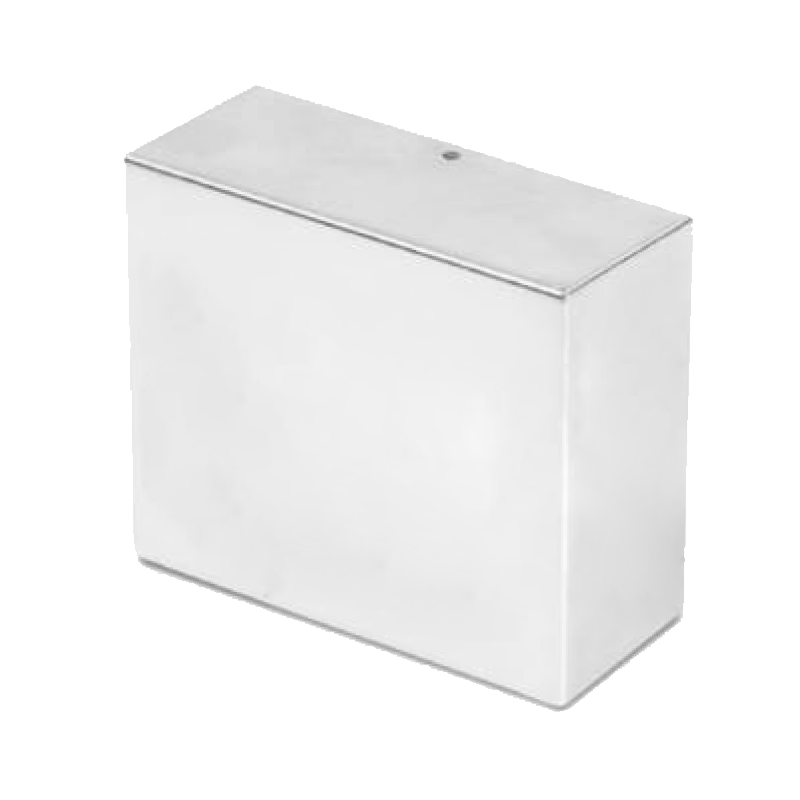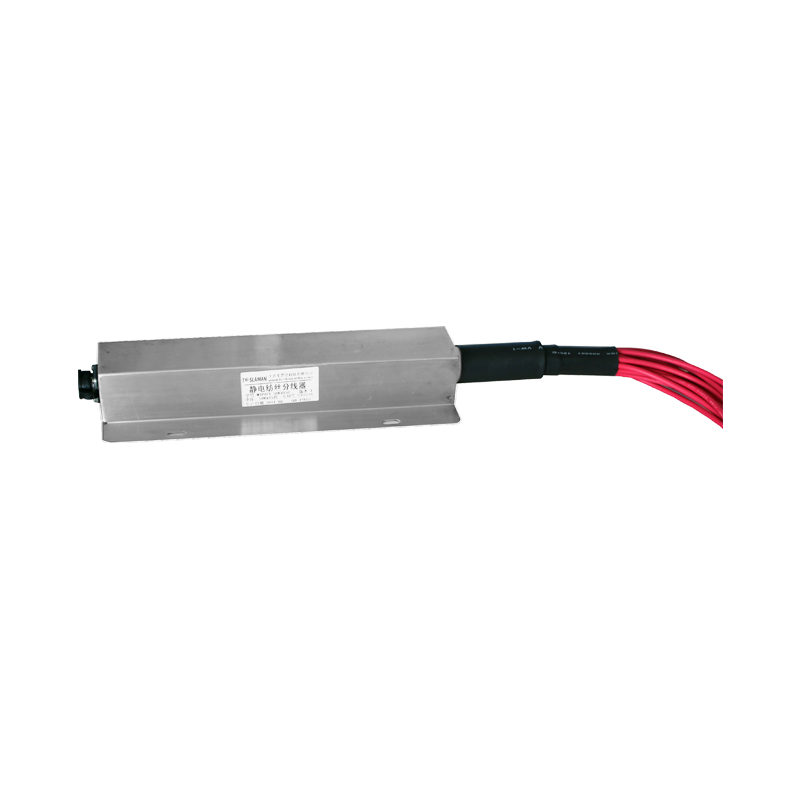Low-Noise Topology Optimization of High-Voltage Power Supplies for Electron Microscopes
The resolution of electron microscopes (EM) critically depends on the stability of high-voltage power supplies. Power supply noise causes electron beam trajectory deviation, leading to image blurring, loss of detail, or data distortion. Thus, low-noise topology optimization of high-voltage power supplies is central to enhancing EM performance.
1. Multidimensional Noise Analysis and Suppression Strategies
• Conducted Noise: Switching actions in power supplies generate high-frequency ripple (up to MHz), coupling to the electron gun via power lines. Multistage filtering (e.g., π-filters with LC combinations and common-mode chokes) suppresses differential and common-mode noise.
• Radiated Noise: Transformer leakage flux and PCB trace inductance emit electromagnetic radiation. Magnetic shielding (e.g., permalloy) around transformers and optimized switching frequencies (>200 kHz) reduce near-field radiation.
• Vibration-Induced Noise: Micro-vibrations in HV cables trigger triboelectric effects, generating μV-level noise. Low-noise coaxial cables (graphite-coated insulation) and secure bundling minimize charge accumulation.
2. Key Topology Optimization Technologies
• Multistage Conversion Architecture:
• PFC + LLC Resonance: Power Factor Correction (PFC) reduces grid harmonics, while LLC resonant converters enable soft-switching to minimize switching losses and noise.
• Post Linear Regulation: Linear regulators (e.g., LDOs) after DC-DC conversion suppress residual high-frequency noise, limiting output ripple to mV levels.
• Grounding Topology Innovations:
• Layered Star Grounding: Digital control, analog amplification, and HV output modules use separate grounds, converging at a single point to the chassis earth, eliminating ground loops.
• Ground Plane Segmentation: Split PCB inner layers into analog (AGND) and digital grounds (DGND) to isolate high-frequency digital noise.
• EMI Suppression Structures:
• Shielded Power Cavities: Enclose HV modules in isolated metal cavities with waveguide vents (apertures < λ/10) to block external RF interference.
3. Material and Layout Innovations
• Semiconductors: SiC MOSFETs replace silicon-based devices, reducing switching losses by 40% and minimizing reverse recovery current noise.
• Dielectrics: Polyimide films (dielectric constant 3.4, loss tangent 0.002) as transformer interlayer insulation lower capacitive coupling.
• Structural Layout: Maintain >15 mm horizontal spacing between HV and low-voltage circuits; place decoupling capacitors (10μF tantalum + 100nF ceramic) <5 mm from IC pins.
4. Testing and Future Trends
• Noise Evaluation Methods:
• Time-domain measurements (oscilloscopes + HV differential probes) capture μs-level transients.
• Frequency-domain analysis (spectrum analyzers + near-field probes) locate radiation hotspots above 30 MHz.
• Emerging Technologies:
• AI Dynamic Tuning: Predict noise spectra based on real-time load current, adaptively adjusting switching frequency and filtering parameters.
• Integrated Modular Design: 3D stacking of EMI filters, transformers, and regulators shortens return paths and reduces parasitic effects.




















